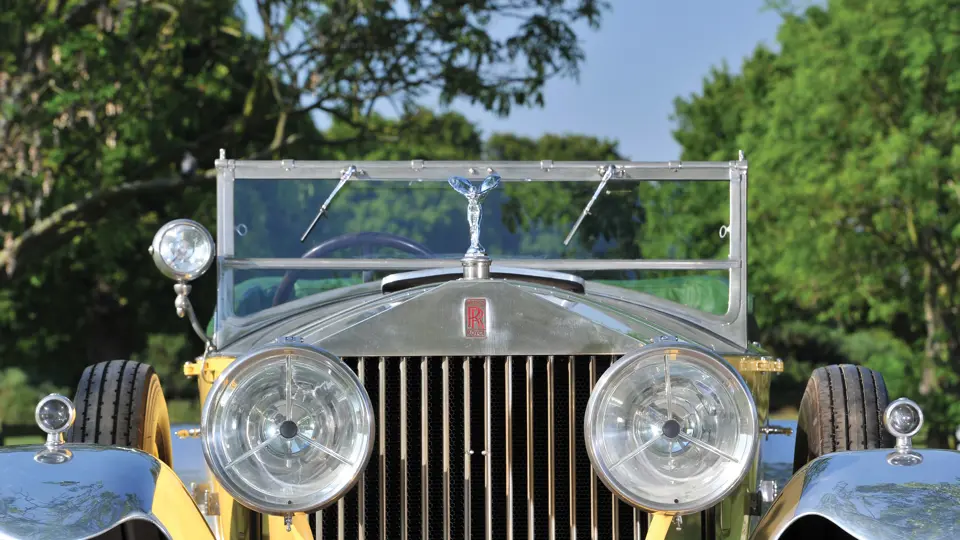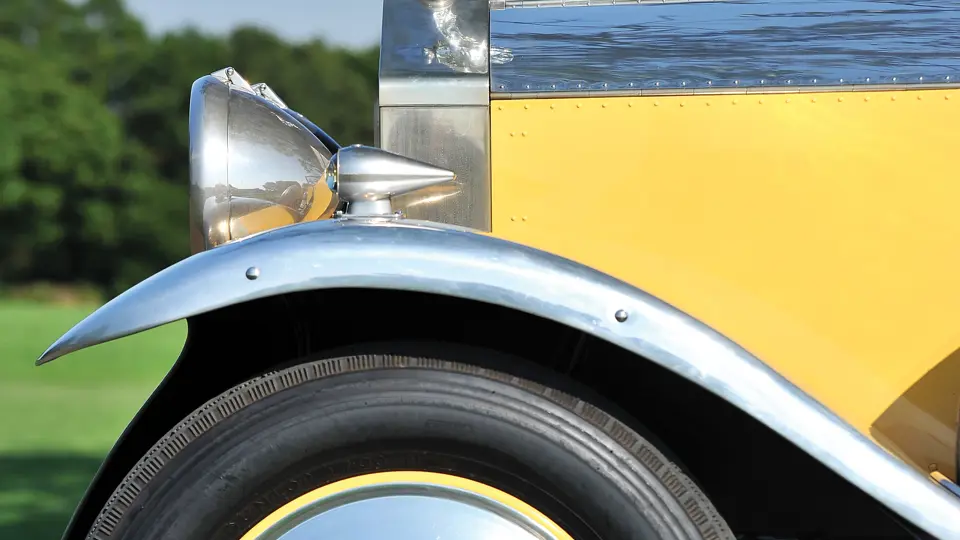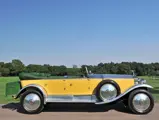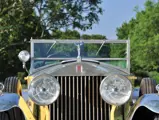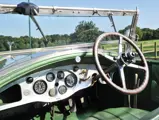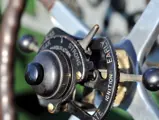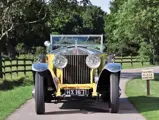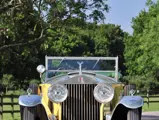
1929 Rolls-Royce Phantom I Tourer by Barker
{{lr.item.text}}
£235,200 GBP | Sold
{{bidding.lot.reserveStatusFormatted}}
- An original Rolls-Royce factory test car for 1929, with original engine, chassis, and body
- Attractive Barker tourer coachwork, restored in eye-catching original colours
- Fascinating history
- Winner of the Lucius Beebe Trophy at the Pebble Beach Concours d’Elegance
- Best in Class at the 2013 Salon Privé Concours d’Elegance
40/50 bhp, 7,668 cc overhead-valve six-cylinder engine, four-speed manual transmission, solid front axle with semi-elliptic leaf springs, live rear axle with cantilever leaf springs, and four-wheel servo-assisted brakes. Wheelbase: 3,822.7 mm
Even in the rarefied world of Rolls-Royce, where every car is a reflection of its owner’s whims and is therefore different, a beautiful thing sometimes bears repeating. The factory was so thrilled by the success of its 1927/28 Riviera trials car, which was a Barker-bodied open touring on chassis 21UF, that it produced a second car on factory experimental chassis 15EX, which was finished to exactly the same specifications as 21UF, save for a rear-mounted spare, and they used it as a “propaganda car” (demonstrator) at German shows. A third and final car was eventually built to the design, and it was identical to its predecessors down to its colour scheme of cream bodywork with its polished aluminium bonnet, scuttle and wings, and upholstery, which was in apple green leather. That third car is the car offered here, chassis 82OR.
The car was built in June 1929, and it was retained by the factory until October 1930, when it passed to its original owner, H.W. Cullum. The Rolls-Royce then led quite an adventurous existence, appearing in 1956 in Mombasa, Kenya, under the ownership of Mr D.L. Wright. Reportedly whilst in Mombasa, it was used to chauffeur Princess Elizabeth and the Duke of Edinburgh during a visit to the city.
The Rolls eventually passed to William Proctor, also of Mombasa, who sold the car in 1964 to Pan American Airways engineer Jack Porter. Porter took the Rolls-Royce home to the United States and shipped it to San Francisco in 1965, and for the next 32 years, the car remained a beloved member of the family. It followed the Porters to homes in New Orleans, Louisiana, and Marshall, Texas, where Jack Porter lovingly performed the car’s original restoration.
In 1997, the Rolls was acquired by enthusiasts from London, who performed a cosmetic restoration. A well-known European enthusiast acquired the car two years later, and after researching its history, he decided to have the car painstakingly restored once more—this time in its original colours and exactly as it had been when new.
The result of the restoration is still spectacular today, just as it was when it earned the Lucius Beebe Trophy for Most Elegant Rolls-Royce at the Pebble Beach Concours d’Elegance in 1999. Mrs Porter was invited to join the then-owner at the concours, and she pointed out two blanked-out holes in the radiator shutters. In Kenya, she recalled that no one ever used keys, but to protect the Rolls from theft, the car had a padlock connecting the two centre louvers covering the radiator. If the car was stolen, it would overheat after a mile or two and not get very far. “It’s the Mombasa anti-theft device”, she recalled with a smile.
The current owner has proudly shown the car at the 2013 Salon Privé Concours in London, where it was awarded Best in Class, taking home top honours over all the classic pre-war entries and continuing this spectacular car’s winning ways.
To find a pre-war Rolls-Royce that was specially built by the factory, and for the factory to show off the best of its efforts, is incredible enough. To combine that with original coachwork, which is beautifully presented in its original colours, a fantastic provenance, and a beautiful restoration makes this spectacular Rolls a very special and rarely seen automobile today.

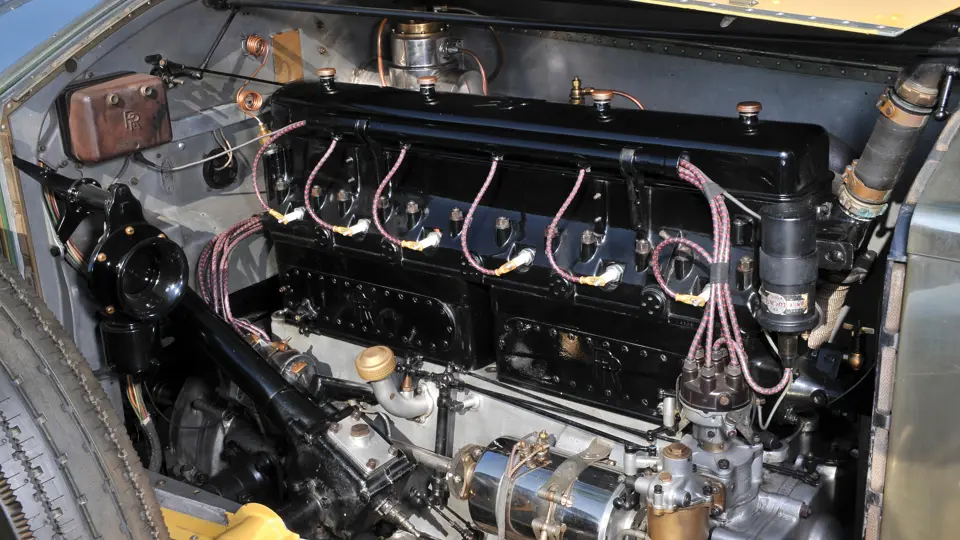





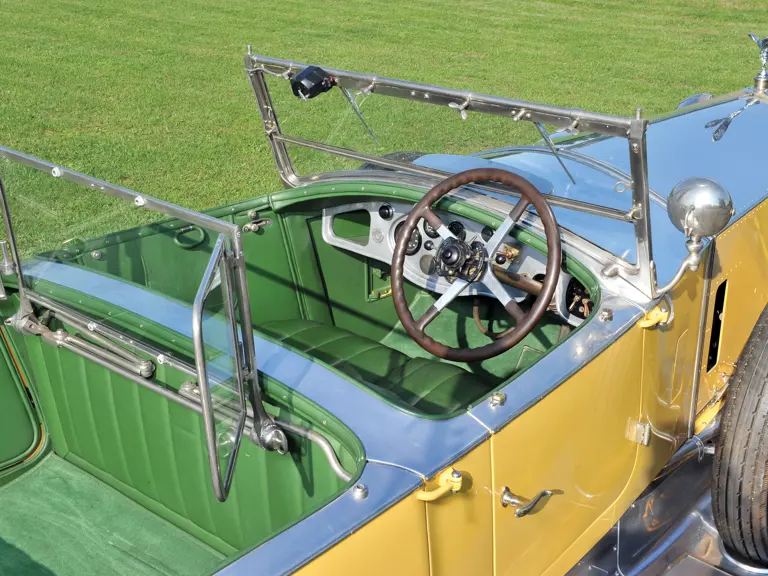
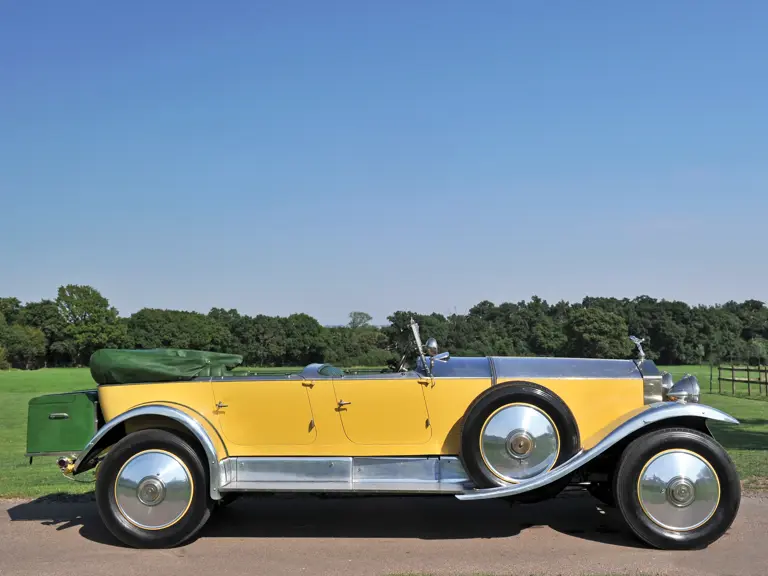
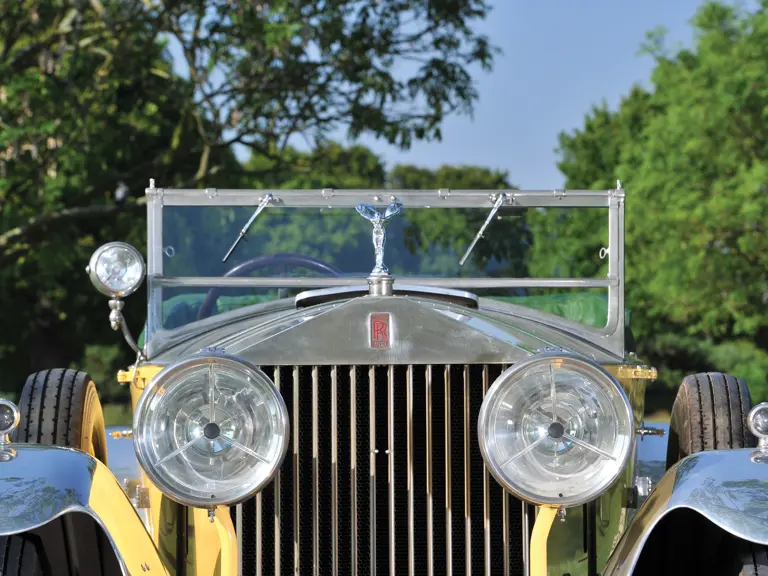
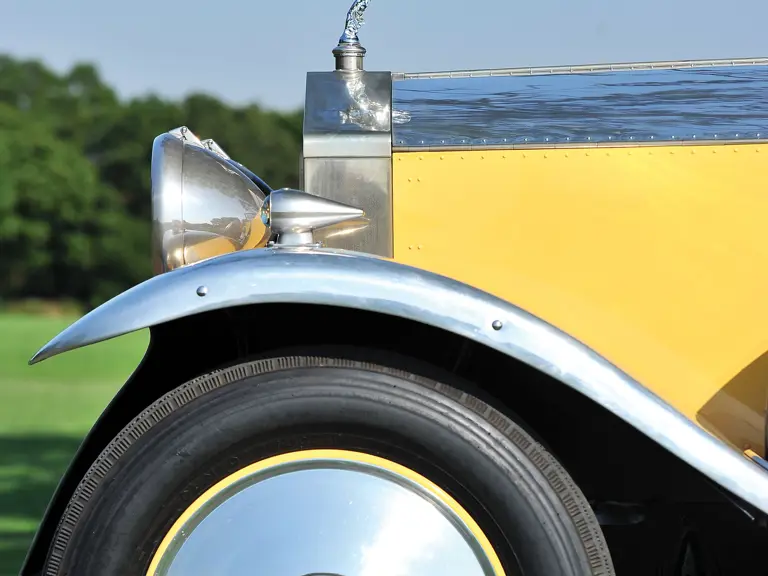
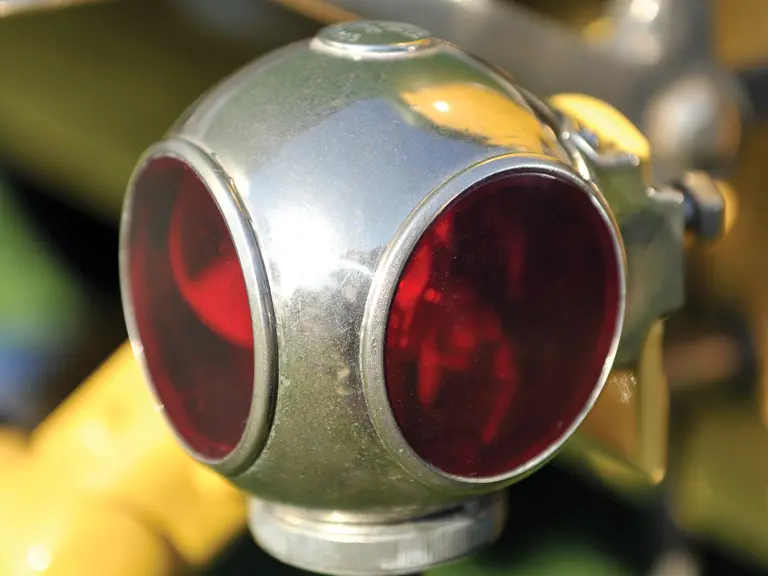
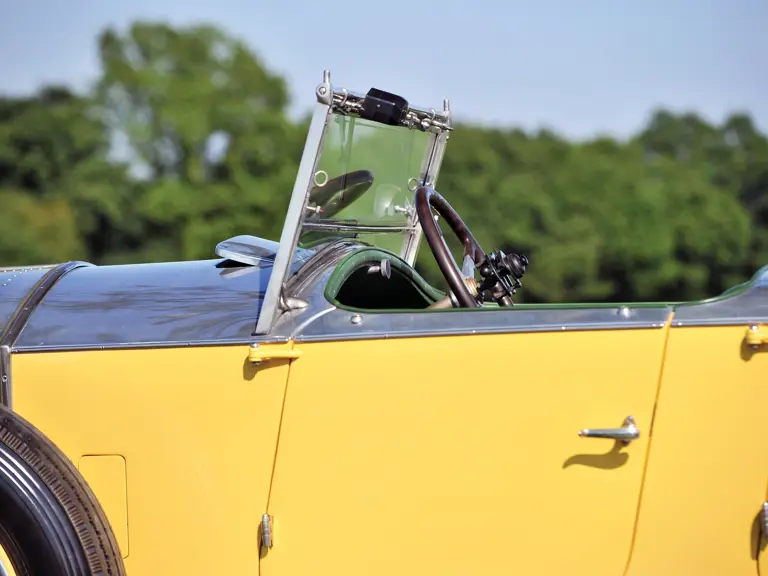
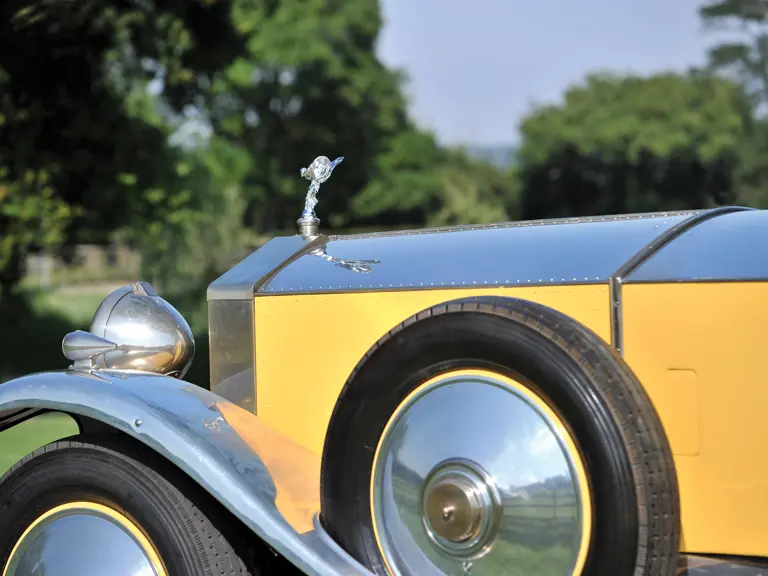
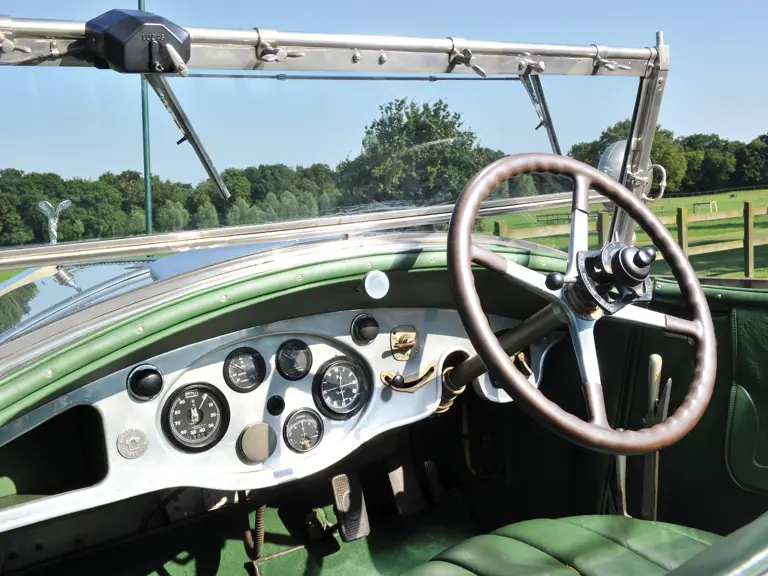

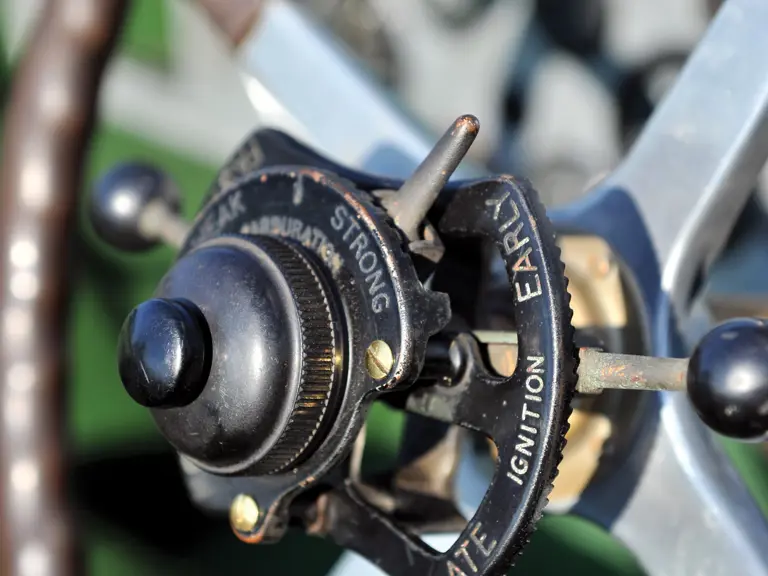
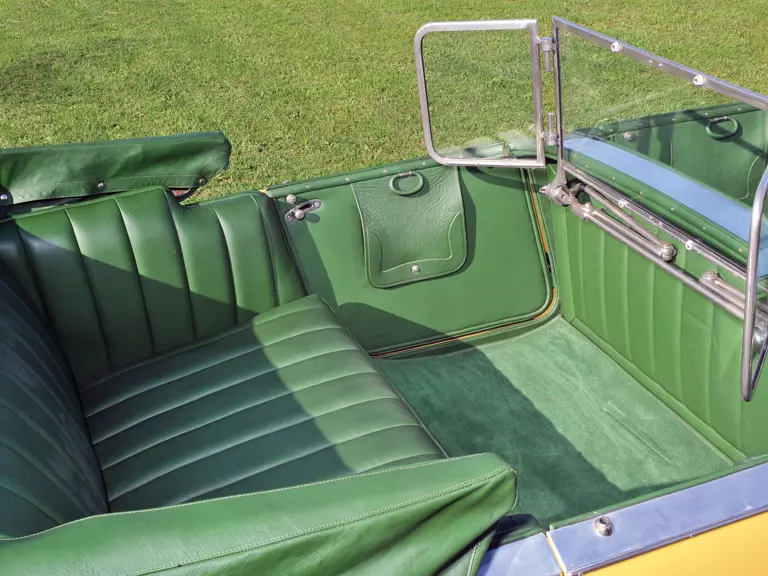
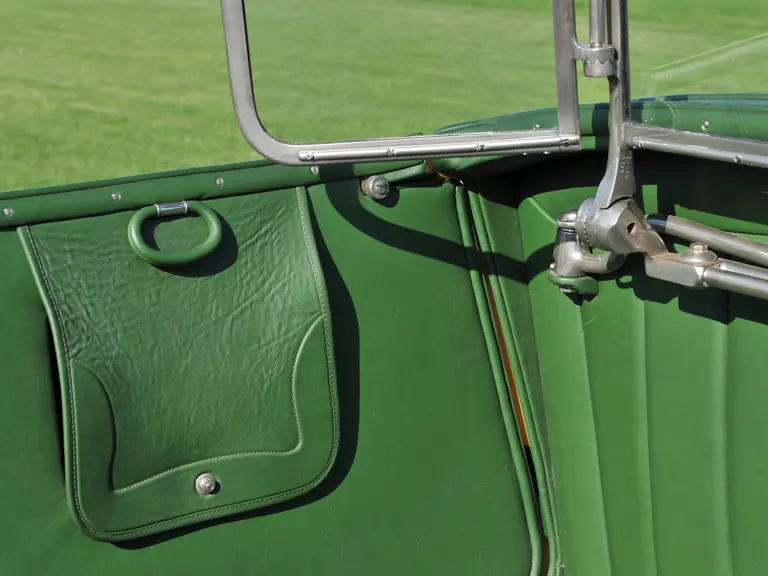
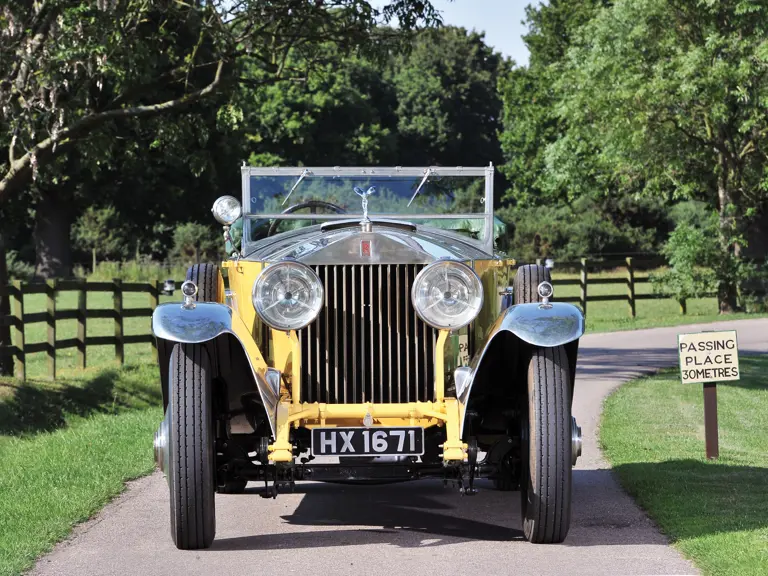
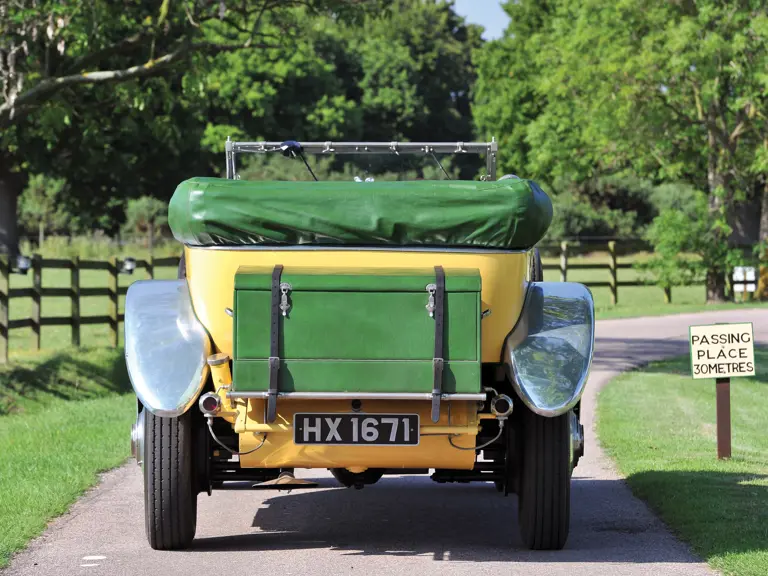
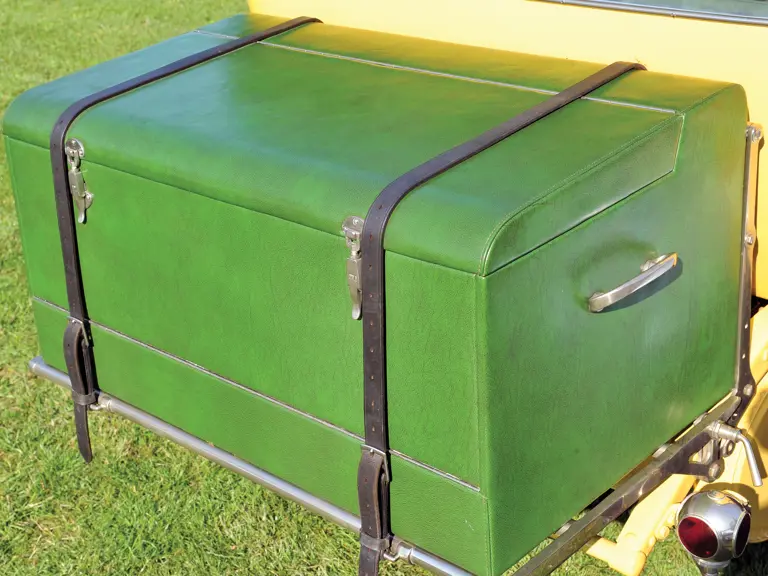

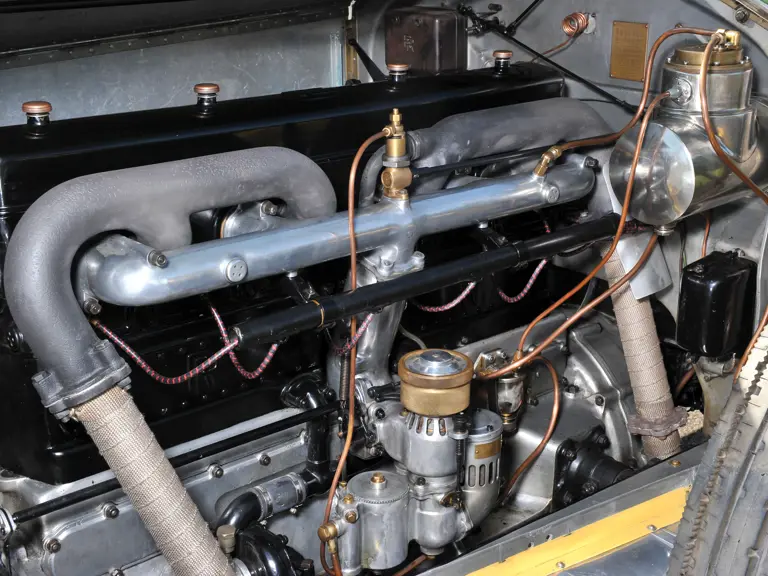
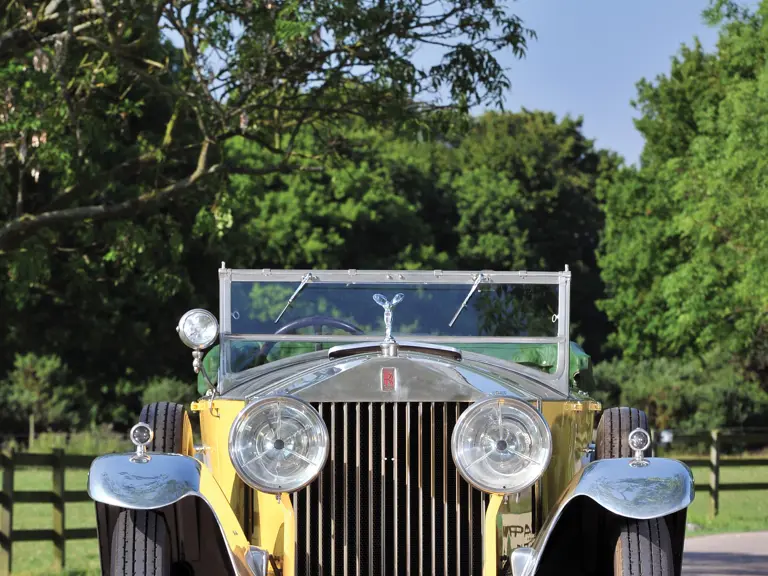
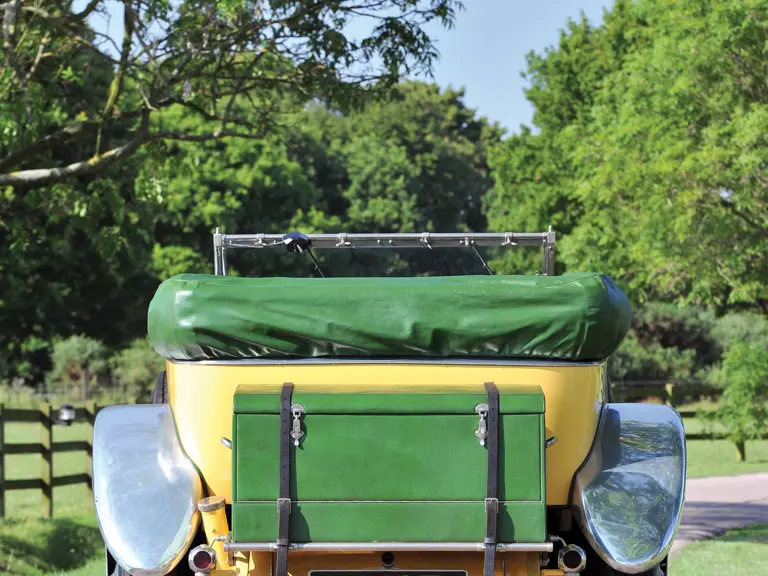
 | London, United Kingdom
| London, United Kingdom

